-
“Vogelmen Diaries” – Exhibition film and related archive articles (Melton Prior Institute im Heidelberger Kunstverein, 17.11.2012 – 27.1.2013)
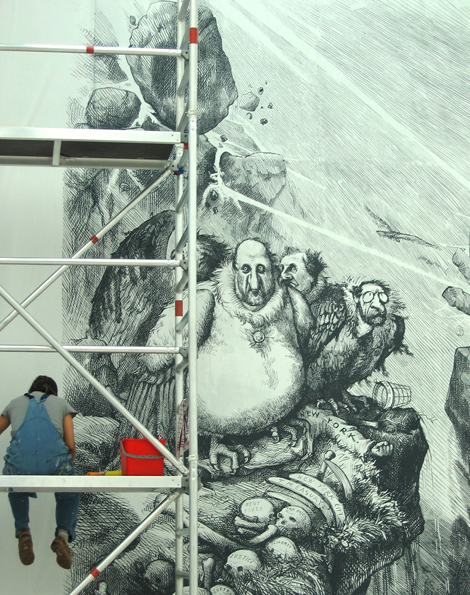
Exhibition Film. Click on the image to play. . Fletcher DuBois performs the “Vogelmen Diaries” at the opening. Main Hall, Southern Wall: Thomas Nast, “Our System of Feathering Nests ..” Main Hall, Northern Wall: Thomas Nast, “Let Us Prey!” > Faits Divers – Illustrations: Crashes and Collapses > Thomas Nast: “Dead Men´s Clothes Soon Wear […]
-
Thomas Nast & Theodor Kaufmann: Higher Forms of Hieroglyph
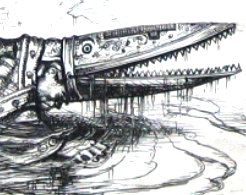
I Thomas Nast The pictorial journalism of Thomas Nast marked the peak of graphic art as far as its influence and popularity in the 19th century is concerned. No artist was ever more successful in regard to the intensity, scope and lastingness of his political impact than this North American draughtsman – not Dürer, not […]
-
A Thomas Nast – Gallery (His career in 38 images)
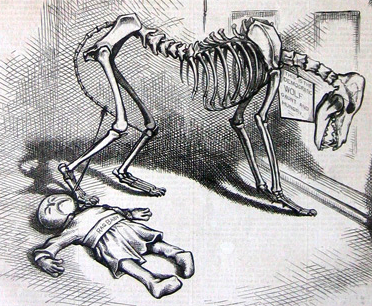
Thomas Nast (1840-1902) started his career as a “special artist” at the age of fifteen. His pictorial journalism marked the peak of graphic art as far as its influence and popularity in the 19th century is concerned. No artist was ever more successful in regard to the intensity, scope and lastingness of his political impact […]
-
From Marx to Ensor: The Revolution Artist Wilhelm Kleinenbroich (1812 – 95)
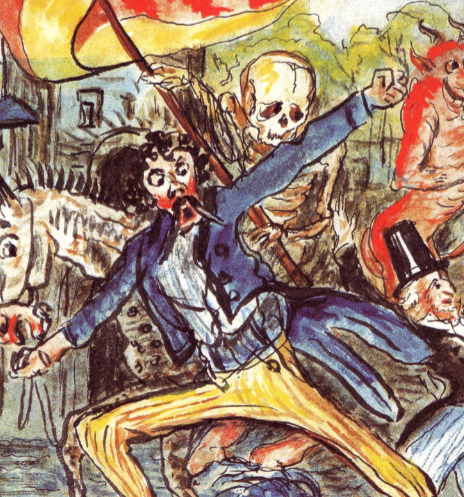
It really cannot be said that the Kölnische Stadtmuseum is concerned too little with one of its most significant artistic treasures, the oeuvre of the Rhenish historical painter and graphic artist Wilhelm Kleinebroich, quite to the contrary. In 1999 the brilliant monograph “Die Revolution des Malers Kleinenbroich” by Bonn-based historian Horst Heidermann was published there. […]
-
Cartoons Social and Political , London, 1893
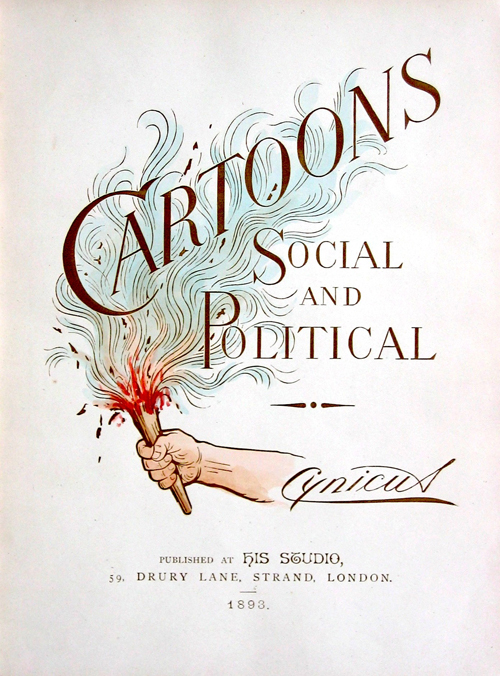
“Cynicus” was the penname of the Scottish cartoonist Martin Anderson, who became a successful cartoonist in London in the late 1880s. Critics praised him as the new Rowlandson, but when his hand-coloured “Cartoons Social and Political” appeared in 1893, he was blamed for being “almost brutal” in his directness. Their socialist impulse was promoted by […]
-
Slavs and Tatars Presents “Molla Nasreddin”
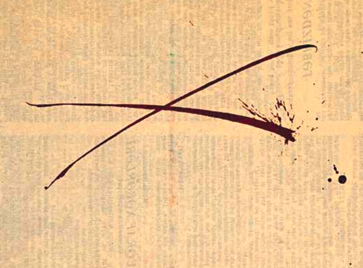
In a second-hand bookstore in Baku, Azerbaijan a group of international artists named Slavs and Tatars came across some volumes of the once wide spread historial Azeri magazine Molla Nasreddin. “It was bibliophilia at first sight. Its size and weight, not to mention the print quality and bright colors, stood out suspiciously amongst the meeker and dusty […]
-
The Monsters of Society , L´Assiette au Beurre No. 79, 4 Octobre 1902
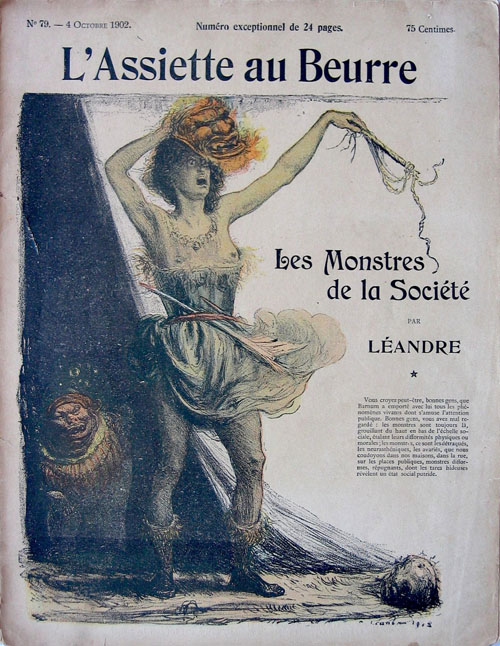
Following the traces of Honoré de Balzac, whose “Comédie humaine” was modelled on a theory of zoological species, Charles Lucien Léandre drafts a dire panorama of the Parisian Society as a freak show. His special edition for Samuel Schwarz´ anarchistic magazine “L Assiette au beurre” represents a late apocalyptic variation of a long tradition of […]
-
Cham, the “popular” Caricaturist [
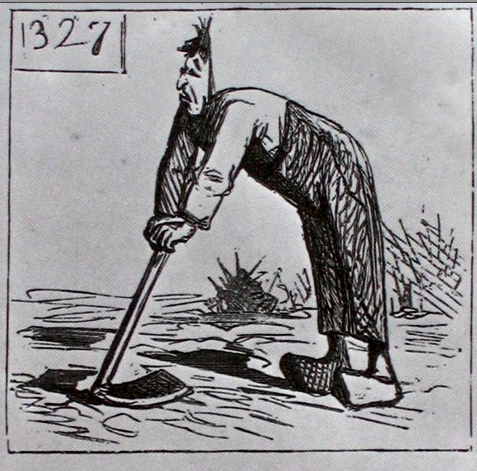
Daumier Again. The following survey by David Kunzle contrasts Daumier’s career with that of the then much more popular Amédée de Noé, who was known under his penname Cham. He was ten years younger and a disciple of Daumier’s role model, the tragically underrated Nicolas-Toussaint Charlet, who was banned by Baudelaire from the pantheon of […]
-
Daumier and the Franco – Prussian “Dance of Death”
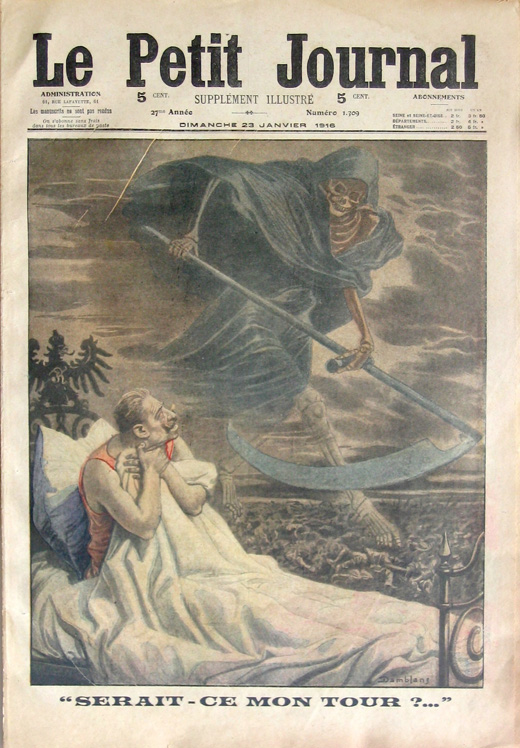
Daumier´s late cartoons on the Franco-Prussian war are counted among his best. They were inspired by Alfred Rethel´s famous wood-cut cycle “Dance of Death” and of course by Goya´s visionary etchings. The future relationsships between the newly founded German Reich and its neighbour provoked series of imaginative adaptions by some influential graphic artists like Henri […]
-
Ein Münchner im Milljöh. “Berliner Bilder” von Karl Arnold
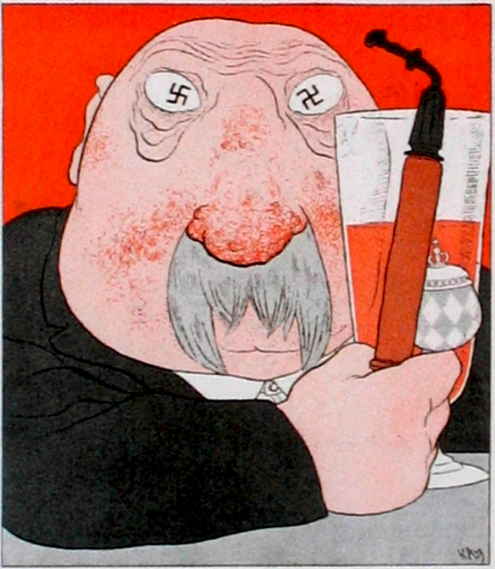
Not translated: Seit 1921 betätigte sich Karl Arnold, einer der Hauptzeichner und Miteigner des Münchner Satiremagazins Simplicissimus, als Chronist des “wilden” Lebens in der preußischen Metropole. Seine Berliner Bilder erschienen in unregelmäßiger Folge und brachten es auf insgesamt 48 Blatt. Mit der Publikation eines gleichnamigen Sammelbandes hatte die Reihe dann 1924 auch ihren Abschluß gefunden. […]